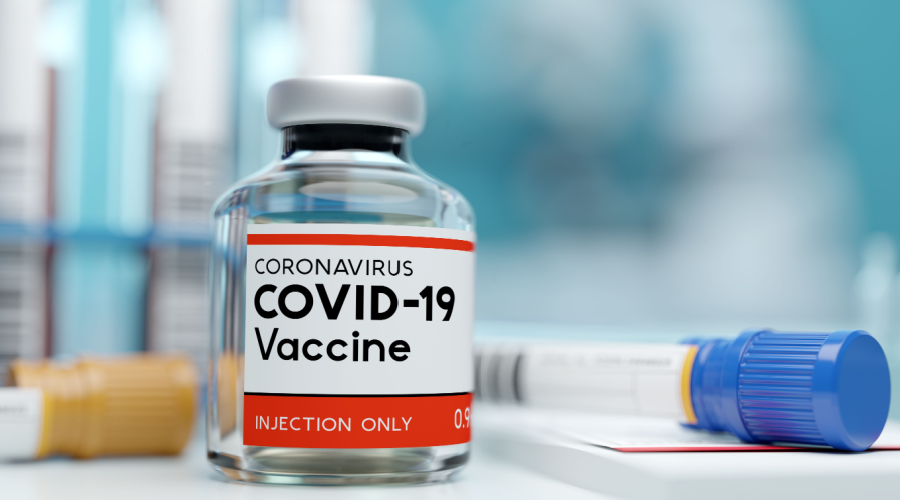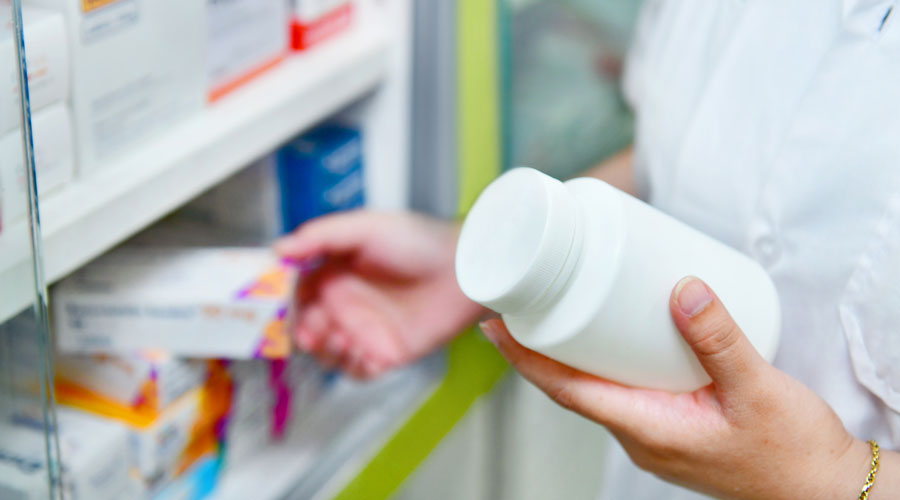As pharmacy lines get longer, so do your hours behind the counter. Since the early days of the pandemic, numerous technicians and pharmacists left their jobs due to exhaustion and burnout, which has led to a shortage of them working in community settings. But you stuck around, adding more hours and stress to your job in your independent pharmacy.
Like many other pharmacists, you’re overwhelmed with challenging conditions such as staff shortages, dealing with pharmacy benefit managers (PBMs) hiking the costs of prescriptions, lowering reimbursements, and ongoing inflation. And unlike other small businesses, you can’t raise the prices on prescription medications to make up for higher costs because of PBMs.
“PBMs are looking at product, and they’re lowering what they pay you without really connecting what all the pharmacist has to do to dispense that product,” said Dale Smith, RPh, MA. “They’re looking at the product and not willing to pay the pharmacists for all the work that they’re doing. To get that drug to the patient, it can sometimes take hours on the phone.”
The shortage of pharmacy technicians has also been a difficult problem. The vacancy rates for technicians more than tripled across a three-year period. According to a 2022 poll conducted by the National Community Pharmacists Association (NCPA), more than 88 percent of respondents said finding pharmacy technicians was their top problem, followed by front-end staff at 56 percent.
Some community pharmacies have turned to several measures to maintain their operations because they don’t have enough staff to get everything done. Pharmacists are picking up the slack to perform technician responsibilities, such as stocking inventory, preparing IV meds for patients, and delivering the medications. These increased responsibilities have caused extreme burnout and worries about patient safety.
Unfortunately, there isn’t an easy solution for PharmD programs to address workplace conditions such as burnout or low salary. But they can offer additional skills to expand the field beyond traditional pharmacist roles.
According to Russell Melchert, PhD, RPh, technicians can do more to help out. “We really need to utilize highly trained technicians to do more functions so that the pharmacist has the time to care for people. A pharmacist needs to have that time to be able to spend with their patients as well.”
As pharmacies and hospitals, big and small, are desperately trying to hire staff, the outlook remains a challenge. According to the American Association of Colleges of Pharmacy, enrollment in the nation’s 139 pharmacy schools in the fall of 2020 was 5.1 percent lower than the year before, and it has been dropping ever since, which will result in a more than 33 percent reduction in the number of pharmacy-school graduates compared to last year. However, Melchert said numbers can rise with the help of other pharmacists.
“This is a time for pharmacists to be on the lookout for students interested in the sciences,” he said. “Find students who are interested in chemistry, biology, and a little math, and who really want to care for people. If they have some leadership and just general curiosity, then they will probably like pharmacy if they have any idea at all what it’s about. Help judge science fairs at high schools or middle schools. Spend time with young minds and show them what they can do in pharmacy school.”
Smith encourages pharmacists to take a look at their technicians. “Have you thought about encouraging them to go to pharmacy school? They know about the practice, and you see their capabilities on the job. By planting the idea in their minds, you’re giving them something to think about pursuing,” he said.
Perhaps pharmacy schools could one day offer those who aren’t pursuing a degree the opportunity to complete training or certificate programs to become a technician. This will increase program revenues and possibly lead to future enrollment.
“We need to be telling the world what pharmacists do and why they’re important to the healthcare system. Policymakers are starting to see that. They’re starting to realize that if 90-plus percent of the population of this country lives within five miles of a pharmacy, then they’re the most accessible healthcare providers in their communities,” Melchert said. “We need to arm them with the scope of practice and arm them with the ability to provide and fill those gaps of care.
A pharmacy can be the most rewarding career that you may ever choose, because you’re able to positively impact a patient’s life and have them come back a month later saying, “Thank you for helping me.” You can’t put a dollar amount on that. Giving like that on a daily basis can be the most rewarding thing ever.”
Give Teens a Jumpstart on Education
Do you know a few teens who have an interest in the sciences? Ask schools if you can be a guest speaker. Talk to students about their future and educate them on pharmacy careers. Listed below are some ways you can encourage teens to kickstart their pharmacy careers by becoming certified as pharmacy technicians before graduating high school.
Head Start on High-School Courses
In some areas, high-school students can get a head start on pharmacy-tech classes. By talking to a guidance counselor or career coordinator at their school, they can learn which applicable courses and programs are available. Some high schools might even offer programs that include pharmacy technician courses, which are ideal for post-secondary pharmacy tech programs.
Volunteer or Job Shadow at a Pharmacy
Do you allow students to job shadow or volunteer in your pharmacy? If you’re open to having a volunteer in your pharmacy, make this invitation known in the middle schools and high schools.
Become a Pharmacy Tech in Training
A pharmacy technician in training is someone who hasn’t yet completed an accredited pharmacy-tech program and/or who is not yet certified but plans to do so. Some states may require a pharmacy technician to be 18 years old, but others may allow students younger than 18 to register for a permit.
From the Magazine
This article was published in our quarterly print magazine, which covers relevant topics in greater depth featuring leading experts in the industry. Subscribe to receive the quarterly print issue in your mailbox. All registered independent pharmacies in the U.S. are eligible to receive a free subscription.
More articles from the March 2023 issue:
- The Best Software Systems
- New Obesity Drug
- Unexpected Partnerships
- Adding a Private Label
- Get Ready for the DSCSA
- Allergy OTC Season
- Business Loans for Your Pharmacy
- Pharmacy Shortages
A Member-Owned Company Serving Independent Pharmacies
PBA Health is dedicated to helping independent pharmacies reach their full potential on the buy-side of their business. Founded and run by pharmacists, PBA Health serves independent pharmacies with group purchasing services, wholesaler contract negotiations, proprietary purchasing tools, and more.
An HDA member, PBA Health operates its own NABP-accredited warehouse with more than 6,000 SKUs, including brands, generics, narcotics CII-CV, cold-storage products, and over-the-counter (OTC) products — offering the lowest prices in the secondary market.











